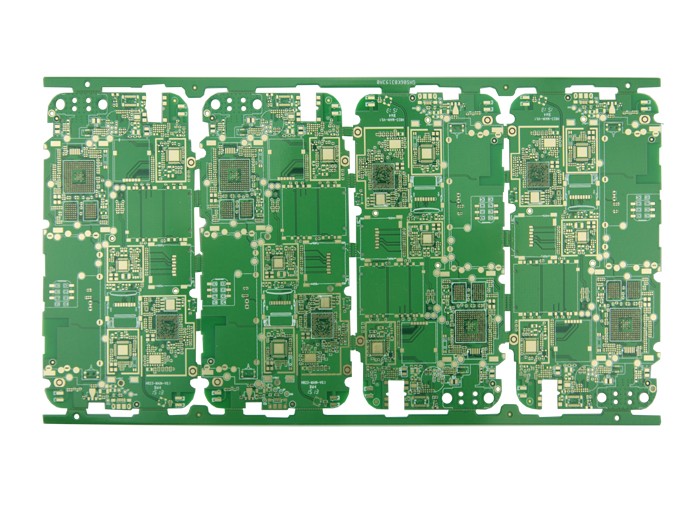Abstract: The design of mixed-signal circuit PCB is very complicated. The layout and wiring of components and the processing of power supply and ground wire will directly affect the circuit performance and electromagnetic compatibility performance. The partition design of ground and power introduced in this article can optimize the performance of mixed-signal circuits.

How to reduce the mutual interference between digital signal and analog signal? Before designing, we must understand the two basic principles of electromagnetic compatibility (EMC): The first principle is to minimize the area of the current loop; the second principle is that the system uses only one reference surface. On the contrary, if there are two reference planes in the system, it is possible to form a dipole antenna (Note: the radiation size of a small dipole antenna is proportional to the length of the line, the amount of current flowing and the frequency); and if the signal cannot pass as much as possible A small loop return may form a large loop antenna (Note: the radiation size of a small loop antenna is proportional to the loop area, the current flowing through the loop, and the square of the frequency). Avoid these two situations as much as possible in the design.
It is suggested to separate the digital ground and analog ground on the mixed-signal circuit board, so that the isolation between the digital ground and the analog ground can be achieved. Although this method is feasible, there are many potential problems, especially in complex large-scale systems. The most critical problem is that it cannot be routed across the division gap. Once the division gap is routed, electromagnetic radiation and signal crosstalk will increase sharply. The most common problem in PCB design is that the signal line crosses the divided ground or power supply and generates EMI problems.
As shown in Figure 1, we use the above-mentioned division method, and the signal line crosses the gap between the two grounds. What is the return path of the signal current? Assuming that the two grounds are connected together somewhere (usually a single point connection at a certain location), in this case, the ground current will form a large loop. The high-frequency current flowing through the large loop generates radiation and high ground inductance. If the low-level analog current flows through the large loop, the current is easily interfered by external signals. The worst thing is that when the divided grounds are connected together at the power supply, a very large current loop will be formed. In addition, the analog ground and digital ground are connected by a long wire to form a dipole antenna.
Understanding the path and method of current return to ground is the key to optimizing mixed-signal circuit board design. Many design engineers only consider where the signal current flows, and ignore the specific path of the current. If the ground layer must be divided, and the wiring must be routed through the gap between the divisions, a single-point connection can be made between the divided grounds to form a connection bridge between the two grounds, and then wiring through the connection bridge. In this way, a direct current return path can be provided under each signal line, so that the loop area formed is small.
The use of optical isolation devices or transformers can also achieve the signal across the segmentation gap. For the former, it is the optical signal that crosses the segmentation gap; in the case of a transformer, it is the magnetic field that crosses the segmentation gap. Another feasible method is to use differential signals: the signal flows in from one line and returns from another signal line. In this case, the ground is not needed as a return path.
To deeply explore the interference of digital signals to analog signals, we must first understand the characteristics of high-frequency currents. For high-frequency current, always choose the path with the least impedance (lowest inductance) and directly below the signal, so the return current will flow through the adjacent circuit layer, regardless of whether the adjacent layer is the power layer or the ground layer.
In actual work, it is generally inclined to use a unified ground, and divide the PCB board into an analog part and a digital part. The analog signal is routed in the analog area of all layers of the circuit board, and the digital signal is routed in the digital circuit area. In this case, the digital signal return current will not flow into the analog signal ground.